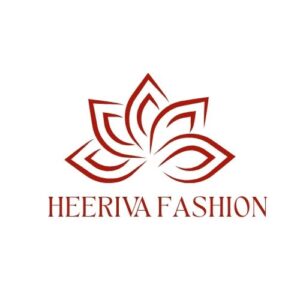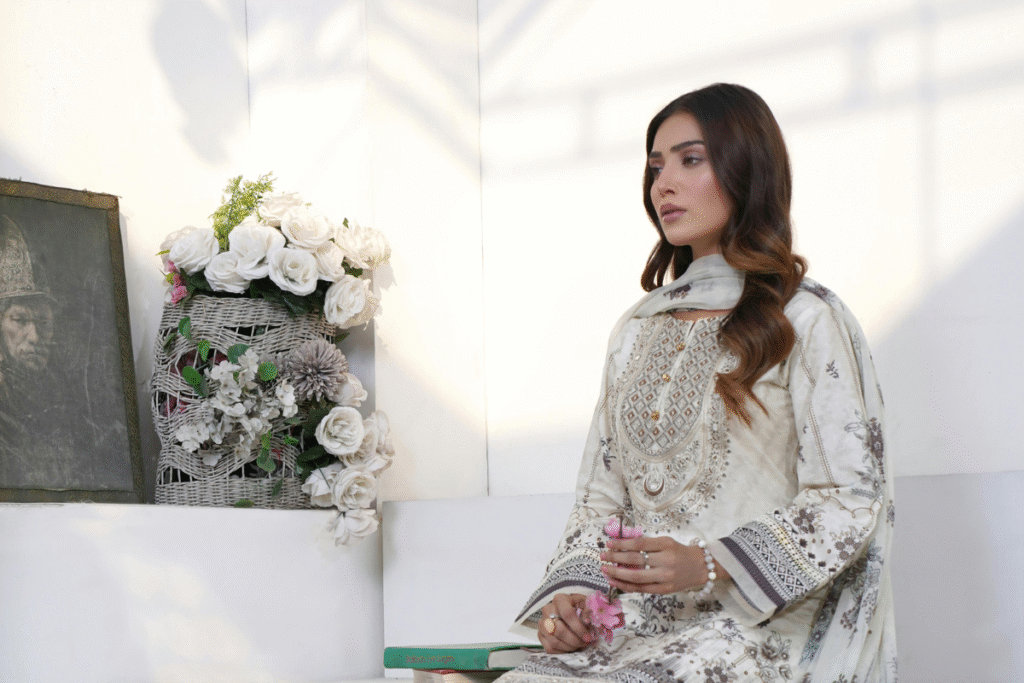Choosing the right dupatta fabric can make or break your outfit. With so many options available, from lightweight chiffons to rich silks, finding the perfect dupatta that matches your style, comfort needs, and occasion can feel overwhelming. This comprehensive guide will help you navigate through different fabric options and make an informed decision.
Understanding Dupatta Fabrics: What Makes Them Different
The fabric of your dupatta determines everything from how it drapes to how comfortable you feel wearing it. Different fabrics serve different purposes, seasons, and occasions. Let’s explore the most popular options and their unique characteristics.
Cotton Dupattas: The Everyday Champion
Cotton dupattas are the perfect choice for daily wear and casual occasions. They offer exceptional breathability, making them ideal for hot and humid weather. Cotton is also incredibly easy to maintain – you can simply toss it in the washing machine without worrying about special care instructions.
The natural fibers in cotton dupattas provide excellent moisture absorption, keeping you comfortable throughout the day. They’re also budget-friendly and come in countless prints, colors, and weaves. From simple printed cotton dupattas for college wear to handloom cotton pieces for festive occasions, this fabric offers versatility that’s hard to match.
Chiffon Dupattas: Elegance and Grace
When you want to add a touch of sophistication to your outfit, chiffon dupattas are unbeatable. This lightweight, semi-transparent fabric creates beautiful flowing movements that enhance your overall look. Chiffon drapes beautifully and adds an ethereal quality to any ensemble.
However, chiffon requires more careful handling than cotton. It’s prone to snagging and needs gentle washing or dry cleaning. Despite this maintenance requirement, chiffon remains a favorite for evening wear, parties, and special occasions because of its elegant appearance.
Silk Dupattas: Traditional Luxury
Silk dupattas represent the pinnacle of traditional Indian fashion. They offer rich textures, vibrant colors, and an inherent elegance that makes them perfect for weddings, festivals, and formal events. Pure silk dupattas, including varieties like Banarasi, Kanjeevaram, and Tussar, are investment pieces that can last for generations with proper care.
The natural sheen of silk adds richness to any outfit, while the fabric’s ability to hold intricate embroidery and zari work makes it ideal for heavy, ornate designs. However, silk dupattas come with a higher price tag and require professional cleaning or very careful hand washing.
Georgette Dupattas: The Best of Both Worlds
Georgette strikes a perfect balance between elegance and practicality. This fabric offers the flowing drape similar to chiffon but with better durability and easier maintenance. Georgette dupattas work well for both casual and semi-formal occasions.
The slightly textured surface of georgette holds prints beautifully and provides good coverage while still maintaining a graceful fall. It’s less prone to wrinkles compared to pure silk and offers better value for money than many luxury fabrics.
Net Dupattas: Modern and Trendy
Net dupattas have gained popularity in recent years, especially among younger generations. The open weave structure creates interesting visual effects and works particularly well with embellishments like sequins, beads, or embroidery. Net dupattas are lightweight and add a contemporary touch to traditional outfits.
However, net fabric can be delicate and may snag easily on jewelry or rough surfaces. It’s also less suitable for very formal traditional occasions where heavier fabrics are preferred.
Choosing Based on Occasions
Daily Wear and College
For everyday use, cotton dupattas are your best choice. They’re comfortable, low-maintenance, and affordable. Look for good quality cotton with colorfast dyes that won’t fade after multiple washes.
Office and Semi-Formal Events
Georgette and lightweight silk dupattas work well for office wear and semi-formal occasions. They look professional while maintaining comfort throughout long working hours.
Festivals and Traditional Celebrations
Silk dupattas, especially those with traditional motifs and zari work, are perfect for festivals and religious celebrations. They honor the traditional aspect of the occasion while looking appropriately festive.
Weddings and Formal Events
For weddings and formal events, heavy silk dupattas with intricate work are ideal. Banarasi silk, tissue silk, or heavily embroidered silk dupattas make stunning choices for such occasions.
Climate Considerations
Hot and Humid Weather
Cotton and lightweight cotton blends are ideal for hot climates. They allow air circulation and absorb moisture, keeping you comfortable even in challenging weather conditions.
Monsoon Season
During rainy seasons, synthetic fabrics like polyester georgette or chiffon dry faster than natural fibers. They’re also less likely to develop odors from dampness.
Winter Months
Heavier fabrics like thick cotton, silk, or woolen dupattas provide better coverage and warmth during colder months. Pashmina and cashmere dupattas offer luxury and warmth for winter festivities.
Care and Maintenance Tips
Cotton Dupattas
Machine wash with similar colors using mild detergent. Iron while slightly damp for best results. Store folded or rolled to prevent permanent creases.
Silk Dupattas
Always check the care label first. Most pure silk dupattas require dry cleaning or gentle hand washing with silk-specific detergents. Store in breathable fabric bags, not plastic covers.
Chiffon and Georgette
Hand wash gently or use the delicate cycle in your washing machine. Use a mesh laundry bag to prevent snagging. Hang dry away from direct sunlight.
Budget-Friendly Options Without Compromising Quality
You don’t need to spend a fortune to get beautiful dupattas. Cotton silk blends offer the appearance of silk at a fraction of the cost. Viscose and rayon dupattas can mimic the drape of more expensive fabrics while remaining budget-friendly.
Look for dupattas during sale seasons, especially after festivals when retailers clear their inventory. Online marketplaces often offer good deals on authentic handloom dupattas directly from artisans.
Making Your Final Decision
The best dupatta fabric depends on your personal needs, lifestyle, and preferences. Consider these factors:
- Frequency of use: Daily wear calls for low-maintenance fabrics like cotton
- Climate: Hot weather favors breathable natural fibers
- Occasion type: Formal events merit investment in quality silk pieces
- Budget: Set a realistic budget and find the best quality within that range
- Maintenance capacity: Choose fabrics whose care requirements match your lifestyle
Conclusion
There’s no single “best” dupatta fabric – the ideal choice varies based on your specific needs and circumstances. Cotton excels for everyday comfort, silk brings traditional elegance, chiffon offers graceful femininity, and georgette provides practical versatility.
Start building your dupatta collection with versatile pieces in neutral colors and classic fabrics. A good cotton dupatta for daily wear, a silk piece for special occasions, and a georgette option for semi-formal events will cover most of your needs.
Remember that quality matters more than quantity. Investing in a few well-made dupattas in good fabrics will serve you better than owning many poor-quality pieces. Choose fabrics that make you feel confident and comfortable, and don’t forget to consider the practical aspects of care and maintenance.
With this guide, you’re now equipped to make informed decisions about dupatta fabrics that will enhance your wardrobe and complement your lifestyle perfectly.


